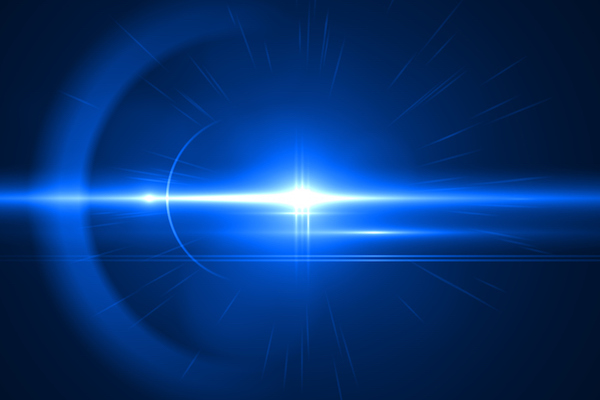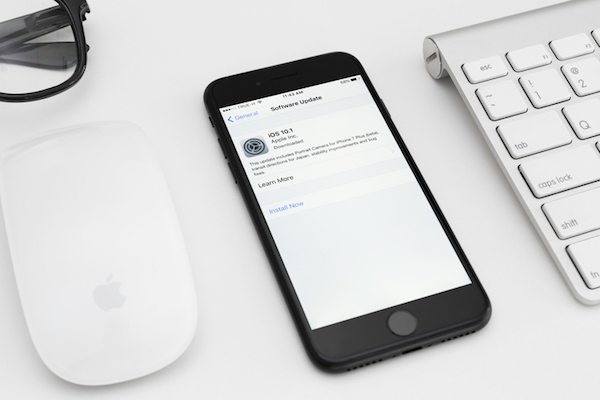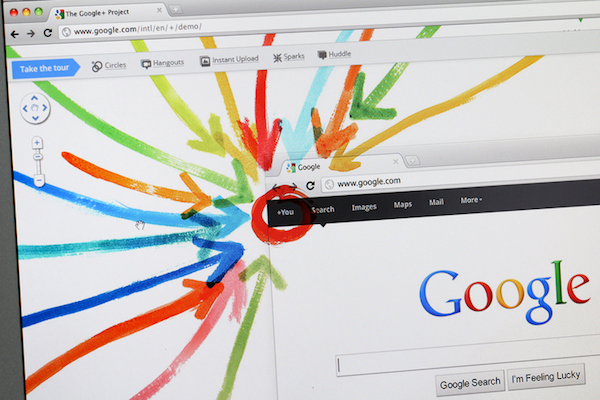
NightTone – The Next Step in Blue Light Blocking Tech
NightTone seems a bit easier to use than F.lux, but both programs are very similar when up and running.
It looks like Mac users have another option when it comes to digital eye strain prevention. A new app called NightTone is supposedly just like F.lux, but with way more screen color choices. I recently purchased NightTone to see if it’s worth recommending. The following is the break down of my findings.
Step by Step:
Unlike F.lux, NightTone isn’t a free download. And unlike NightShift, it isn’t available on your iPhone (iOS 9). NightTone is only available to Mac users (download the latest version of OS X) at the bargain price tag of $2.99. If you are indeed a Mac user, it can be purchased at the App Store. If you’re not a Mac user, then you’re square out of luck (sorry).
Once you click into the App Store, NightTone can be pretty hard to locate. Make sure to do a search and be sure to use the right spelling (NightTone), or the icon may not turn up. Once you locate the icon (blue background, moon, cloud, and stars), follow these instructions:
- Click the Icon – Do this first to view a screenshot of the app. Click MORE to read in further detail. You can also check out a few different screenshots at the bottom of the page. When finished with that…
- Drop the Three Bucks – If you come to the realization that you absolutely must have this app, click on the dollar amount icon, which will prompt you to “BUY APP.” You’ll need to enter your AppleID before you can go any further. When finished, the app will install. After it installs, click OPEN.
- Find NightTone in your Menu Bar – It’s the little “cloudy” icon that should appear as the first icon in the upper right hand corner of your screen. But this isn’t set in stone. The icon will shift around when you restart your computer.
- Check the Start at Login Box – This means the app will start running as soon as you login to your computer.
- Turn On Tone Now – Once this box is checked, you can start messing with the colors, and your options are plentiful.
- Play With the Colors – You literally have the choice of every color in the rainbow (unlike F.lux which only offers one color). If that’s not enough, you can go as light or as dark as you want.
- Invert Colors – Use this if you’re working in a dark room. It looks pretty cool, but I couldn’t get this option to stick.
- Check the Menu Bar – Options here are limited to Help & Support and Quit. You’ll need to get acquainted with Quit if you feel you’ve wasted three bucks (which may or may not be the case).
Consider this a warning, but it wasn’t long before I crashed the NightTone app by messing around with the features. This may have happened because I couldn’t figure out AM and PM times (I’m not sure if the app even distinguishes). Anyhow, when it crashed, it crashed hard. I waited and waited for the rainbow circle to go away, but it never did. I had to restart my computer after giving up hope. It seemingly worked as normal after the restart.
The Rundown:
On the surface, NightTone seems a bit easier to use than F.lux, but both programs are very similar when up and running. Now I’ve been a F.lux fan since day one, but NightTone integrates into the Mac very easily. Ease of access also plays a big role here. Upon clicking into NightTone, all your options are right there and your preferred setting are a few clicks away. When using F.lux, you have to go into preferences and set your times accordingly. You also need different settings for daytime/sunset/bedtime, which can be a bit hard to configure. Now I pretty much know what I’m doing, but it may not be easy to figure out for a person who doesn’t use the computer much (possibly a senior).
As far as user experience is concerned, NightTone is pretty cool, but it’s also very basic. Honestly, I don’t see the need to purchase NightTone when F.lux is a free option. Once the settings are configured, F.lux works like a charm. The color options in NightTone are a neat feature, but the screen fades away if adjusted too much. Besides that, I’ve been down with F.lux since day one, and it’s hard to teach an old dog new tricks.
To sum thing up, I don’t think NightTone is a waste of three bucks because it’s definitely useful. But I’ve got a good thing going with F.lux and I don’t plan on changing it. If you have an extra three extra bucks laying around, and you want to try NightTone, go for it. It gets the job done. If you don’t, F.lux is still free and it works just the same, minus the color options.







